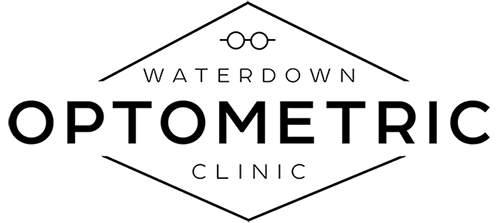Nearsightedness solutions
Myopia Control
Myopia is simply the official term for “near-sightedness”. While myopia is not a disease it is becoming more prevalent globally at an alarming speed. Once myopia increases to a certain level it becomes impossible to function without glasses and/or contact lenses. That on its own can obviously affect someone’s quality of life. However, the bigger concern lies in the fact that at high enough levels of myopia the risk for certain eye diseases increases. These diseases include retinal tears, holes or detachments; along with macular degeneration later in life.
The good news is that in the last few years various technologies and techniques have been developed that can slow down myopia progression. These all fall under the umbrella term of MYOPIA CONTROL.
WHAT CAUSES MYOPIA?
Many people, scientists and eye doctors included, blamed the increasing prevalence of myopia over the last couple of decades on increased screen time. While screen exposure does play a role we now have a more nuanced understanding of the various factors that increase the odds of developing myopia.
While we cannot change our genetics and can only avoid screens to a certain extent there are ways to prevent and/or slow down the progression of myopia. See below for the technologies and techniques that we offer at the Waterdown Optometric Clinic
Outdoor Time
Studies have shown that maximizing outdoor time can slow the progression of myopia in children
Working Distance
we cannot avoid screen time in today’s world. Holding devices and reading material a bit further away from the face, along with taking frequent breaks from looking at near objects can help slow down the development of near sightedness.
Genetics
A family history of myopia greatly increases the chances that a child ends up near sighted. If both parents are near sighted it is almost guaranteed that their child will end up with some level of myopia.
Myopia control contact lenses give the same central vision as regular contact lenses but they cause some additional blur in a patient’s peripheral vision. This defocus is not perceptible to most children but it slows down how fast the eye grows. Myopia is caused by an eye ball growing too quickly. At Waterdown Optometric we offer two kinds of myopia control DAILY contact lenses: The MiSight lens from Cooper Vision and the Abiliti Lens from J&J Vision Care
The Miyosmart lens from Hoya has a similar mechanism to the contact lenses described above. The central vision is the same as in any other glasses lens but there are tiny islands of blur around the centre of the lens that defocus the peripheral vision. As mentioned, peripheral defocus slows down myopia progression. These lenses can be inserted into regular frames.
Most patients have likely had their eyes dilated by an optometrist at some point in the past. It turns out using a very diluted form of one of the dilating drops we use can also slow down myopia progression. While the mechanism isn’t totally clear there is some thought that the drops relax the focusing mechanism inside the eye, which in turn slows down the eye’s growth. The advantage of Atropine drops is they are used once a day, before bed time. This allows the patient to wear whatever mix of contacts or glasses they need. Side effects are minimal, though some patients do notice increased light sensitivity and trouble focusing at near.

